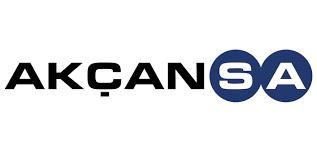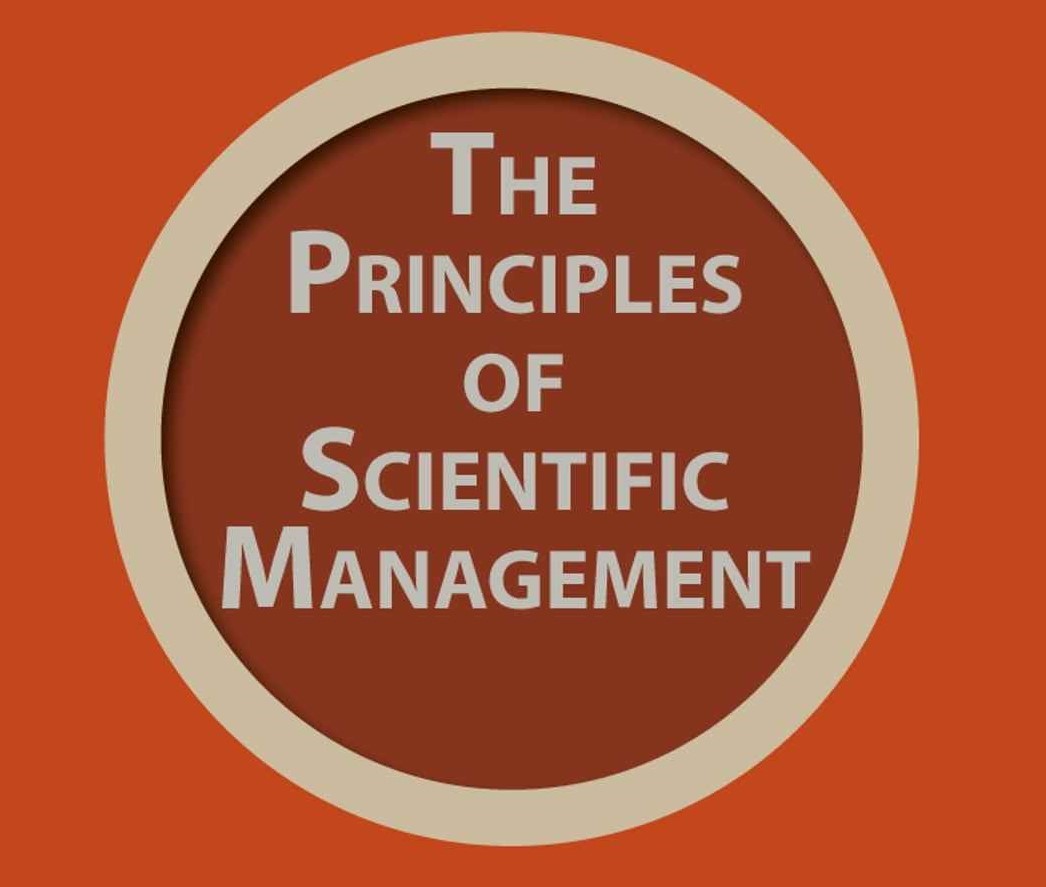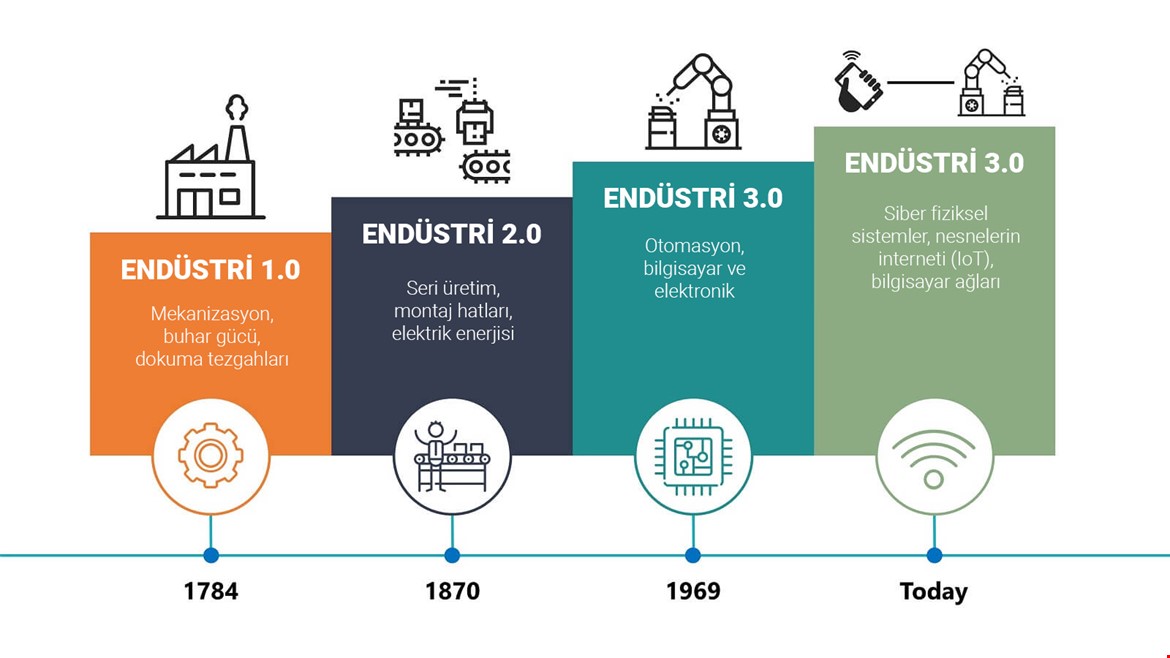17 Eylül 2017 5403 0 AGILE DEVELOPMENT Hakan Aksungar
Agile software development is a repetitive and phased approach to producing high-quality software within a value-driven life cycle. The project is disciplined and self-organizing to understand the changing needs of stakeholders with the business unit representative and to fully meet their needs.
Agility is the ability to aggressively develop software to respond to the needs of customers or stakeholders in the development of the needs of the market or technology to achieve better project and product performance in an innovative and dynamic project environment. According to Cevik Beyanname (2001) and Cevik Manifesto authors, all agile approaches share common values and principles.
Agile Approaches, Scrum, Kanban and Extreme Programming (XP), TDD are widely known and widely used methods.
The application of agile methods creates significant changes in roles and responsibilities within the organization.
Role of Project Manager
The agile approach also took over the responsibilities of the project manager of Scrum Master and Scrum Product Owner roles for the activities of self-organizing teams.
The project manager role should be more strategic and stakeholder management should work more, in some cases inter-team coordination is usually carried out with Scrum of Scrum; It is a regular meeting of Scrum or usually a project manager. It has been seen that the Project Manager role can only be filled by Scrum Master for small projects that are only a development team.
Scrum Master's Role
Scrum Master has a very central role in Agile Method.
Scrum Master was a programmer / analyst or team leader before he was mostly Scrum Master. Especially for those who played a technical programmer / analyst role before, it makes a big difference. Scrum Master, Agile Coaches work closely with the staff of the team and with those responsible for planning and coordinating team processes.
Role of Product Owners (Role of Product Owners)
The Product Owner is a person with the knowledge and the authority to make changes in the product's accumulation and to re-prioritise at the beginning of each sprint.
It is mostly used by the product development team on a full-time basis. In the case of large-scale agile projects, the product owner may not always have the knowledge, authority and usability. Failure to fully understand the role of the product owner in the Business where the Agile Approach is used causes many troubles.
It should be knowledgeable about the productive business needs and have the power to make decisions. Business units specify people with limited usability, business intelligence and decision-making authority; However, decisions to be taken can cause delays when directed at business unit decision-making bodies. The role of the product owner in agile methods is closely related to business culture. Challenges in the productive role create significant differences between agile culture and corporate culture.
Represents the product owner, customer, or end-user organization.
An important part of this role is the identification and prioritization of the properties of the product accumulation at the end of each sprint. There is no such mechanism in the traditional approach, but with agile methods these happen at the end of each sprint. The role of the product owner is fundamentally different from the role of the customer organization in traditional development methods in which the customer specifies requirements and initially approves the scope, approves the project on milestones, requests change, and accepts final products at closing. project.
In the traditional approach, meetings between customer representatives and development teams are structured. Product owners are full-time members of development teams.
Lack of decision-making authority is an important issue for product owners, and most of the product owners may need to direct their questions to the customer organization.
Where a customer has an internal business unit to use the system for internal operations, the product owner must know the business and be hired internally normally. However, the role is different when the system is sold to organizations or people outside the company.
In an organization where the customer is out of the organization, the product owner role is populated by a product manager. Challenges arise in this role, especially if it is a well-defined product contract, or if a high-profile client has very special wishes.
Better setting up the functionality of marketing and product management roles with agile development methods may require a major organizational change.
The Role of Analysts
The role of functional and system analysts is an analyst on each development team.
The Role of Architects
All organizations have architects in the project organization, but not for development teams. Architects work part-time in the agile approach.










